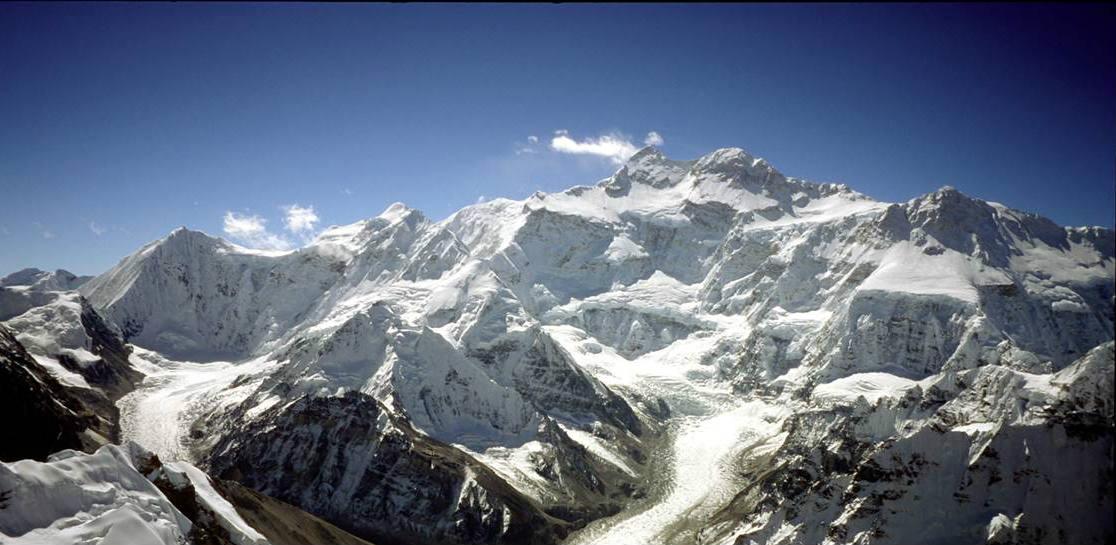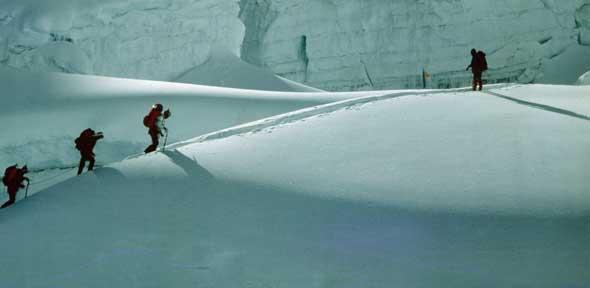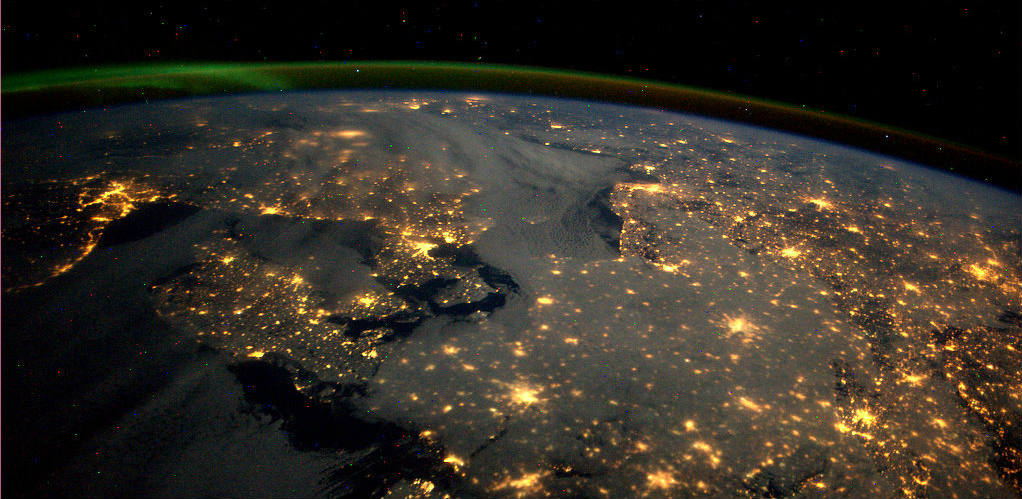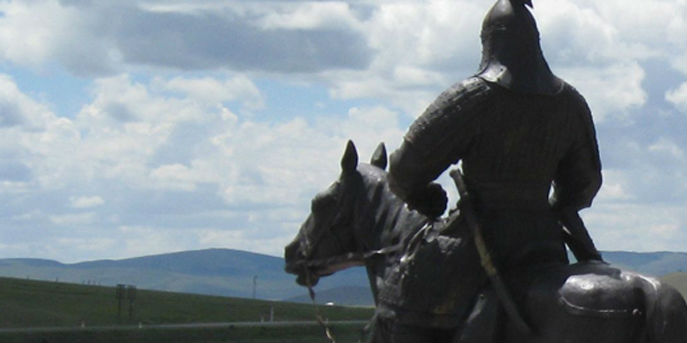
More than 400 people came to two events to explore how our perception of extreme environmental risks influences the actions we decide to take, and to question a panel of eminent mountaineers, a glaciologist and two Tibetan scholars about the changes they have seen in the Himalayas over their lifetimes.
A distraction or an essential discussion? Confronting extreme environmental risks
Climate change, biodiversity loss, and threats to food security may have catastrophic impacts. Rigorous assessments must include plausible but extreme risks, even if they seem remote. But do these scenarios invite sensationalism or fear fatigue, or are they crucial to the global discussion about our future? A panel explored this as part of the 2016 Science Festival and discussed different perspectives on risk in the face of uncertainties. This event was co-hosted with the Centre for Existential Risk (CSER).
Mountaineering in a changing climate
Mountains have always captured the imagination of travellers and the people who live near them and more recently, they have turned into important indicators of the world’s changing climate. Just over 300 people came to the Forum's first public event on 22nd November 2013 which brought together eminent mountaineers, a glaciologist and two Tibetan scholars to talk about changes they have seen in the mountains over their lifetimes, what these changes mean and future challenges for these extreme environments.
Speakers include two of the world’s best known mountaineers –the British climber Doug Scott and the Austrian climber Kurt Diemberger - and the eminent glaciologist George Kaser from the Institute of Meteorology and Geophysics at the University of Innsbruck. Their first-hand knowledge of mountains, gained over many years of climbing and observation of changes, offers a unique insight into the transformations of our environment over time.
Tsering Dawa and Lobsang Yongdan from the Mongolia and Inner Asia Studies Unit (MIASU) also gave their insights into the significance of mountains in the “Land of Snow” and, crucially, their responses to the changes that local communities are observing as the snow recedes.
“The mountains are incredibly important to Tibetan culture and spiritual life. When, for example, there is no snow covering the peaks of a mountain that was once white, this is seen as a sign that something has gone wrong and becomes a bad omen for the future,” said Tsering. “Each mountain has a different character – some are benign, some wicked and some secret. The fact that each one has a different persona reflects the role that mountains play in the lives of people both in their day to day survival in a challenging landscape and their spiritual beliefs.”
This quote is taken from an article on the University Research News website which can be read in full by following this link.
If you would like more information about these events, please contact Dr Rosamunde Almond (r.almond@damtp.cam.ac.uk)



